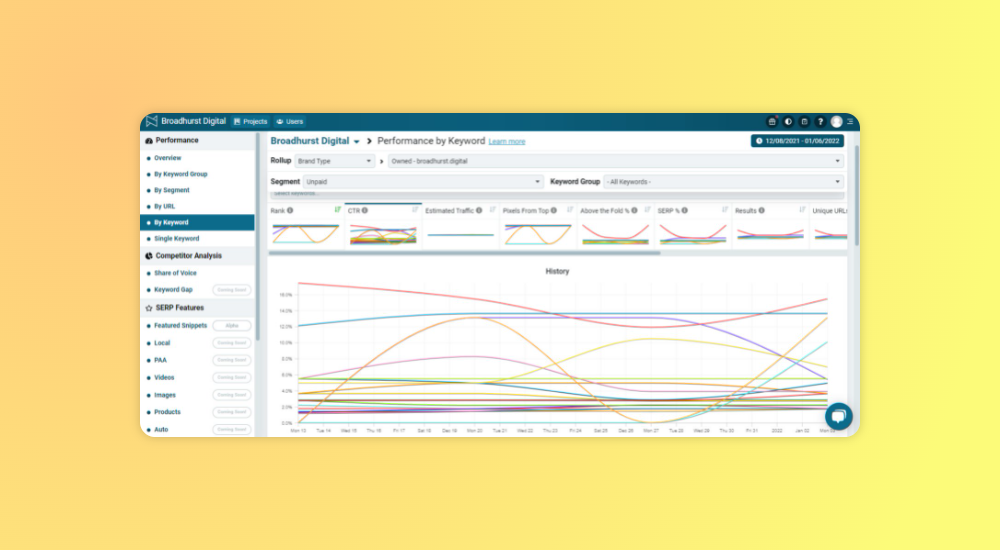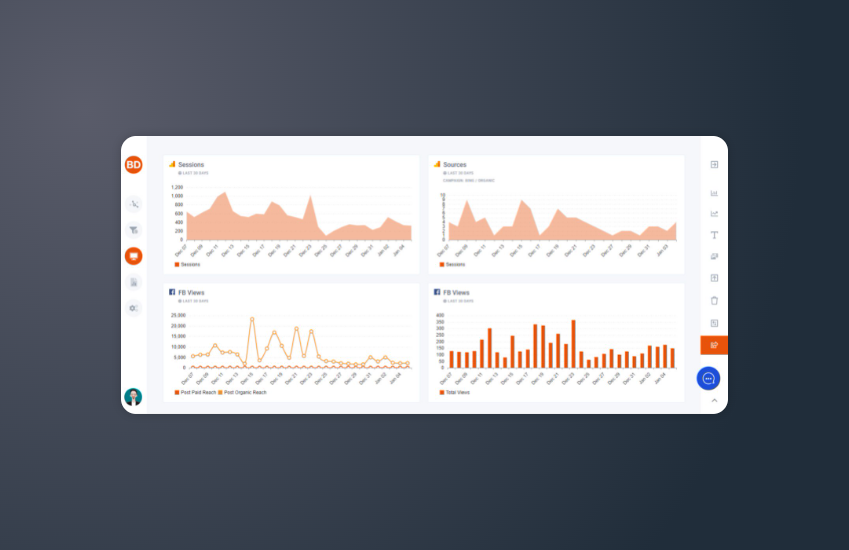Situation analysis is the foundational step of your digital strategy development. It is the first step on the SOSTAC planning framework developed by PR Smith, who said that situation analysis is critical to future success.

The purpose of a situation analysis is to understand the current state of affairs to develop a successful digital strategy. By understanding the current environment, both internal and external to the organisation and the organisation's strengths and weaknesses, it is possible to create a plan that will enable the organisation to reach its goals.
A robust situation analysis consists of six sections:
-
Customers
-
Competitors
-
Partners
-
Competencies
-
Performance/results
-
Market trends
In this article, I'll share tools and techniques to help inform and shape your situational analysis as part of your digital planning process, focusing on customer analysis, competitor analysis, and performance analysis.
Customer analysis
A company's customer analysis can help it understand its customers, why they buy, and how they buy. This information can help the company better target its marketing efforts and improve its sales process. It can also give the company a better understanding of the kinds of content its customers enjoy and what they are looking for.
Use the following tools to help inform and create your customer analysis.
Buyer personas
A buyer persona is a fictional representation of your ideal customer. You create a buyer persona by describing your ideal customer demographics, interests, and needs. The information in your buyer persona will help inform your content strategy, as well as your marketing and sales processes.

You can use online tools such as VBOUT's buyer persona builder to help you create your buyer persona document.
Customer journey mapping
A customer journey is a great way to see the steps a customer takes to purchase your product or service. Customer journeys provide a 360-degree view of your customer, so you can target each stage of the buying process and make smarter product recommendations.
Voice-of-the-customer programs
Voice-of-the-customer (VoC) programs collect customer feedback to better understand customer motivations for purchasing. VoC programs can help businesses improve customer engagement, product development, and marketing efforts.
Start by measuring three key customer experience metrics. Implementing a method for capturing this data will allow customers to ask why they feel the way they do.
Competitor analysis
Competitor analysis is the process of studying your competition and its strategies to determine your strengths and weaknesses. This information can help you create a plan to differentiate your business from your competitors and improve your market share.
The big questions you need to ask yourself in this section of the situational analysis are:
-
Who are your competitors online?
-
How effective are your competitor's digital marketing channels (website, mobile, social media, email, etc.)?
-
Where do you compete with your competition?
-
What are your competitor's resources?
A simple search
Identifying your competitors online is easiest by performing a basic Google. Do this by typing your organisation's target keywords into a search engine; once the results are displayed, review the listed websites and take note of the similarities and differences between the businesses. Be sure to check the results beyond page 1!
Keyword rank tracking
A great way to track both your SEO campaigns' success and keep an eye on your competition is to use keyword rank tracking software. The goal of this is to identify the keywords that your competitors are focusing on to improve their rankings, and the software will also alert you if your website suddenly starts ranking better on those terms.

Rank tracking software, such as Nozzle, provide data on who is doing the best in your industry by showing you who has the most top 3, top 5, or top 10 rankings, who owns the local listings, and which videos are doing the best in the video results inside of Google.
Website performance
Assessing your competitor's website is a crucial step to understanding their strengths and weaknesses. You should take a look at their landing pages, internal links, speed, mobile-friendliness, broken links, backlinks, technical performance, and more. You can start by benchmarketing against your own website's technical audit, which you can schedule here for free.
Google Pagespeed Insights is an excellent tool for assessing the performance of competitors' websites and benchmarking your website. It provides an easy-to-read report that grades your website on several factors, such as page speed and user experience. It also offers tips for improving your website's performance.
Performance and results analysis
A performance and results analysis is an integral part of any strategic planning. By tracking historical performance, you can see strengths and weaknesses in your previous strategy to inform future decision making. Use key performance indicators (KPIs) and benchmarks, and create dashboards to track progress.
Funnel analysis
Funnel analysis is a process of inspecting and studying the sales funnel to identify leaks in the sales process that are causing customers to abandon their purchase journey before they reach the end.
Your sales funnel is a representation of the steps it takes to convert website visitors into customers. The first step in the funnel is getting people to your website. The next step is getting them to take action, such as signing up for a newsletter or buying a product. The final step is turning those customers into repeat buyers.
If you haven't mapped your funnel - defining your required levels of visitors, leads, and sales - you are missing critical opportunities for unlocking growth.
Google Analytics
Google Analytics is a powerful tool used to measure the success of a website. It can provide information on how many people have visited the site, where they came from, and what they did while they were there. Using the custom reporting tools inside Google Analytics will make it easy to measure your performance, identify opportunities for improvement, and report on goals.
Create dashboards
While Google Analytics does a good job showing specific website and app-related data, it isn't the right tool to combine data from multiple sources, such as email marketing, CRM, advertising, and social media. This is where a business analytics dashboard is useful.

Services such as Databox, which offers free dashboarding tools with hundreds of integrations, or Oviond, a digital marketing dashboard tool, help visualise the critical data you need quickly and efficiently, which is particularly helpful when you do next year’s situation analysis.
In conclusion
A situation analysis is an integral part of any digital marketing plan. By considering the current environment and trends, businesses can develop strategies that will help them reach their goals. Companies can identify their target audience, understand their competition, and assess their current digital marketing efforts through a situation analysis.

Comments